This article was medically reviewed by Daniel Wozniczka, MD, MPH and by wikiHow staff writer, Janice Tieperman. Dr. Wozniczka is an Internal Medicine Physician, who is focused on the intersection of medicine, economics, and policy. He has global healthcare experience in Sub Saharan Africa, Eastern Europe, and Southeast Asia. He serves currently as a Lieutenant Commander in the U.S. Public Health Service and a Medical Officer for the Epidemic Intelligence Service in the CDC. He completed his MD at Jagiellonian University in 2014, and also holds an MBA and Masters in Public Health from the University of Illinois at Chicago.
There are 17 references cited in this article, which can be found at the bottom of the page.
wikiHow marks an article as reader-approved once it receives enough positive feedback. This article received 35 testimonials and 100% of readers who voted found it helpful, earning it our reader-approved status.
This article has been viewed 2,247,292 times.
Ouch! Is that a boil you’re seeing? These pesky (and painful!) bumps can appear anywhere on your body, and develop when the skin around a hair follicle gets infected. As annoying as boils are, they’re easy to treat and care for at home—and we’re here to show you how.
Things You Should Know
- Treat small boils at home with warm compresses, using them several times each day for 10-15 minutes at a time.
- Cover the boil with a bandage after it bursts and apply new dressings each day.
- Call your doctor if your boil doesn’t get better in 1-2 weeks, or if you find yourself getting boils often.
- Most boils heal and clear up after 1-3 weeks. Carbuncles (clusters of boils) take about 2-3 weeks to heal.
Steps
Warnings
- Steer clear of the gym, pool, or any other public workout area while your boil heals—you don’t want to spread the infection to other people!⧼thumbs_response⧽
- Some people claim that essential oils, Epsom salts, and other natural remedies can treat and cure boils, but these types of treatments aren’t medically approved.⧼thumbs_response⧽
- Don’t use acne treatments to get rid of your boils. Although they look similar, pimples and boils are completely different skin conditions that require completely different treatments.[36]⧼thumbs_response⧽
References
- ↑ https://www.youtube.com/watch?v=F5i99bytb9I&t=0m21s
- ↑ https://www.nidirect.gov.uk/conditions/boils-and-carbuncles#toc-8
- ↑ https://my.clevelandclinic.org/health/diseases/21651-vaginal-boil
- ↑ https://thrive.kaiserpermanente.org/care-near-you/northern-california/santarosa/wp-content/uploads/sites/15/2015/10/Boils_tcm28-489811.pdf
- ↑ https://healthyhorns.utexas.edu/HT/HT_boils.html
- ↑ https://healthyhorns.utexas.edu/HT/HT_boils.html
- ↑ https://thrive.kaiserpermanente.org/care-near-you/northern-california/santarosa/wp-content/uploads/sites/15/2015/10/Boils_tcm28-489811.pdf
- ↑ https://healthyhorns.utexas.edu/HT/HT_boils.html
- ↑ https://myhealth.alberta.ca/Health/aftercareinformation/pages/conditions.aspx?hwid=uh2789
- ↑ https://www.hopkinsmedicine.org/health/conditions-and-diseases/folliculitis-boils-and-carbuncles
- ↑ https://www.drugs.com/dosage/acetaminophen.html
- ↑ https://www.drugs.com/dosage/ibuprofen.html
- ↑ https://thrive.kaiserpermanente.org/care-near-you/northern-california/santarosa/wp-content/uploads/sites/15/2015/10/Boils_tcm28-489811.pdf
- ↑ https://www.nidirect.gov.uk/conditions/boils-and-carbuncles#toc-8
- ↑ https://www.winchesterhospital.org/health-library/article?id=498343
- ↑ https://www.nidirect.gov.uk/conditions/boils-and-carbuncles#toc-8
- ↑ https://dermnetnz.org/topics/boil
- ↑ https://dermnetnz.org/topics/boil
- ↑ https://www.mayoclinic.org/diseases-conditions/boils-and-carbuncles/symptoms-causes/syc-20353770
- ↑ https://www.kidshealth.org.nz/how-treat-when-seek-help-boils
- ↑ https://healthyhorns.utexas.edu/HT/HT_boils.html
- ↑ https://www.mayoclinic.org/diseases-conditions/boils-and-carbuncles/symptoms-causes/syc-20353770
- ↑ https://www.nhs.uk/conditions/boils/
- ↑ https://www.nidirect.gov.uk/conditions/boils-and-carbuncles#toc-8
- ↑ https://www.kidshealth.org.nz/how-treat-when-seek-help-boils
- ↑ https://patient.info/skin-conditions/boils-carbuncles-and-furunculosis#nav-2
- ↑ https://healthyhorns.utexas.edu/HT/HT_boils.html
- ↑ https://www.nidirect.gov.uk/conditions/boils-and-carbuncles#toc-8
- ↑ https://www.seattlechildrens.org/conditions/a-z/boil/
- ↑ https://www.seattlechildrens.org/conditions/a-z/boil/
- ↑ https://dermnetnz.org/topics/boil
- ↑ https://healthyhorns.utexas.edu/HT/HT_boils.html
- ↑ https://www.nidirect.gov.uk/conditions/boils-and-carbuncles#toc-8
- ↑ https://www.seattlechildrens.org/conditions/a-z/boil/
- ↑ https://my.clevelandclinic.org/health/diseases/21651-vaginal-boil
- ↑ https://my.clevelandclinic.org/health/diseases/22468-pimples
About This Article
To get rid of a boil, cover it with a hot compress 4 times a day for at least 5 minutes each time. Keep doing this until the boil bursts naturally, then wash the affected area with antibacterial soap. So the infection doesn’t spread, cover the popped boil with antibacterial cream and wrap it up in gauze. While the skin heals, continue your hot compress treatments and change the gauze 1-2 times a day as needed. Talk to a doctor if your skin hasn't healed after 2 weeks. For tips from our Medical reviewer on how to prevent more boils from forming, read on!
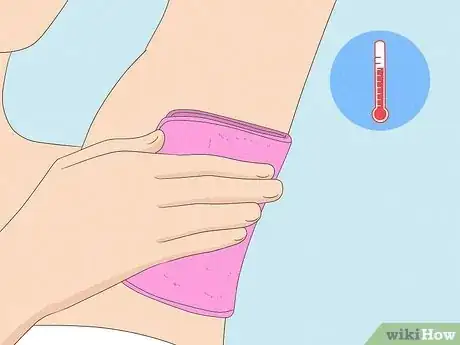
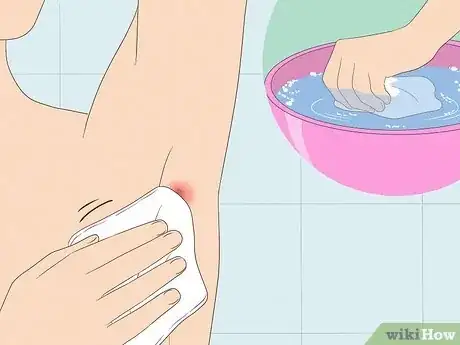
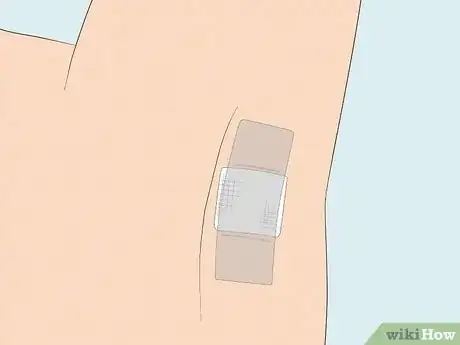
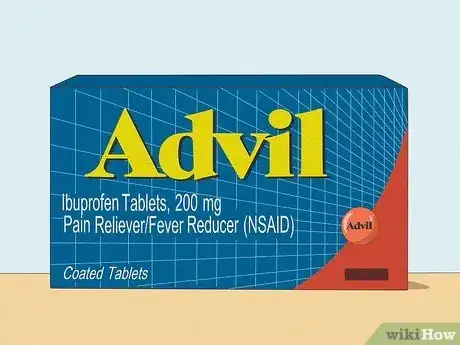

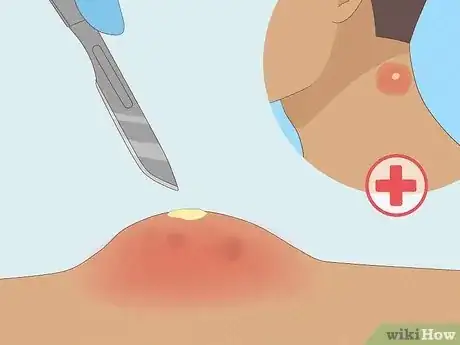
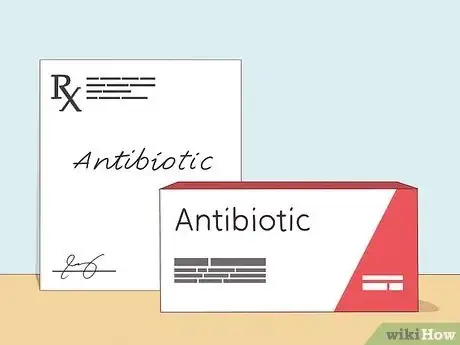
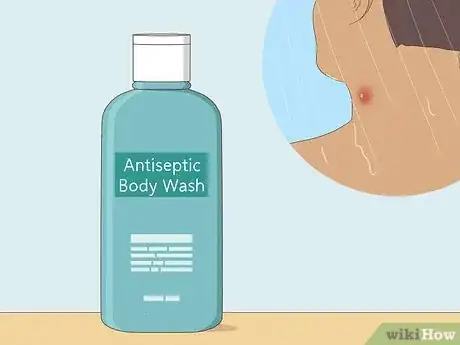

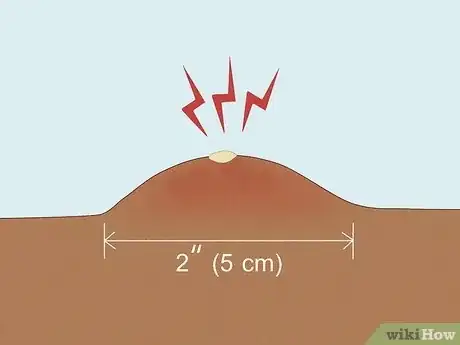
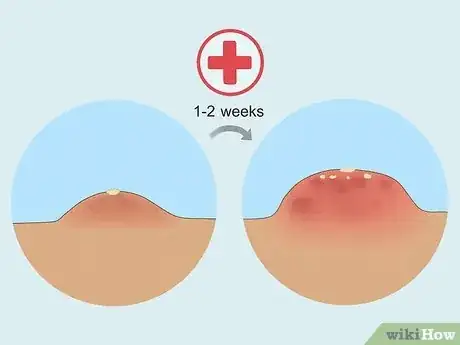

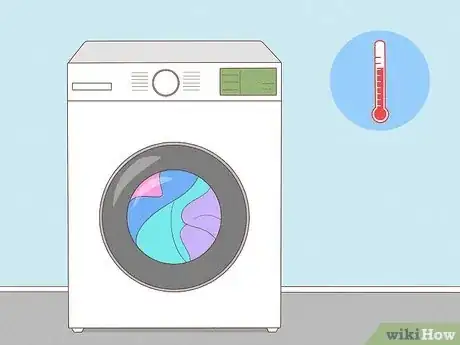
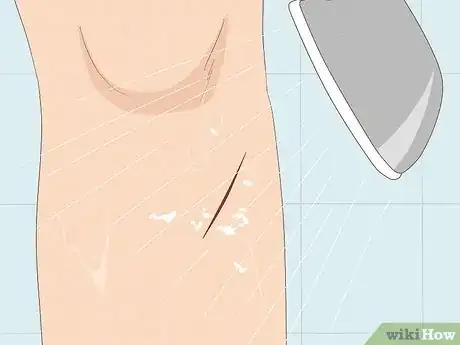
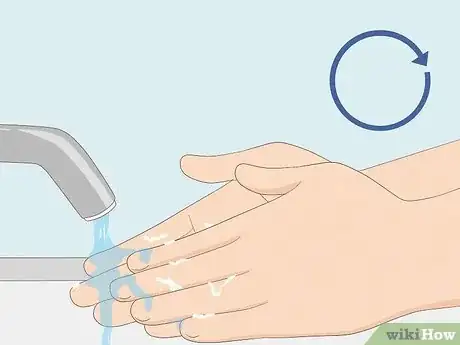
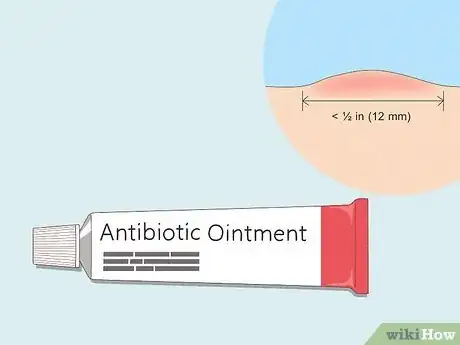
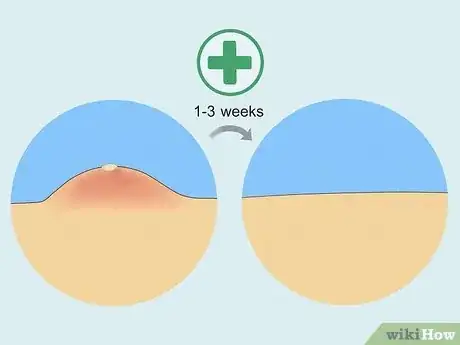


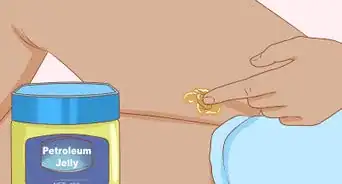
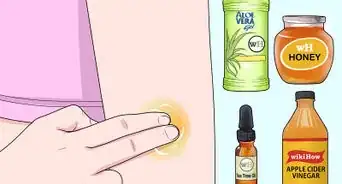
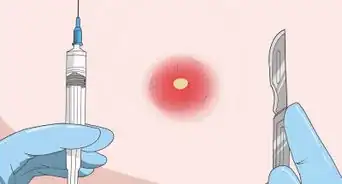
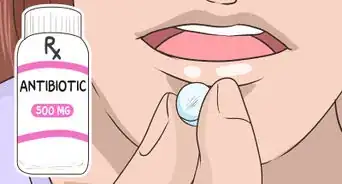



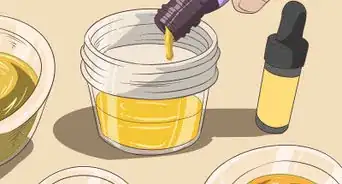

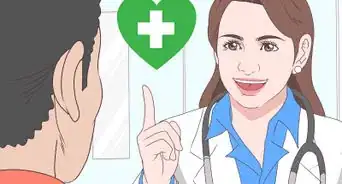

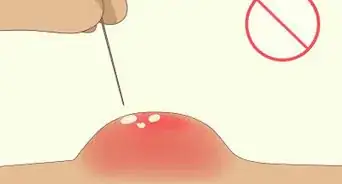










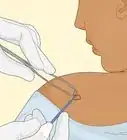
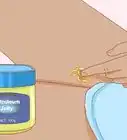
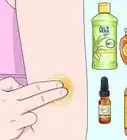



































Medical Disclaimer
The content of this article is not intended to be a substitute for professional medical advice, examination, diagnosis, or treatment. You should always contact your doctor or other qualified healthcare professional before starting, changing, or stopping any kind of health treatment.
Read More...